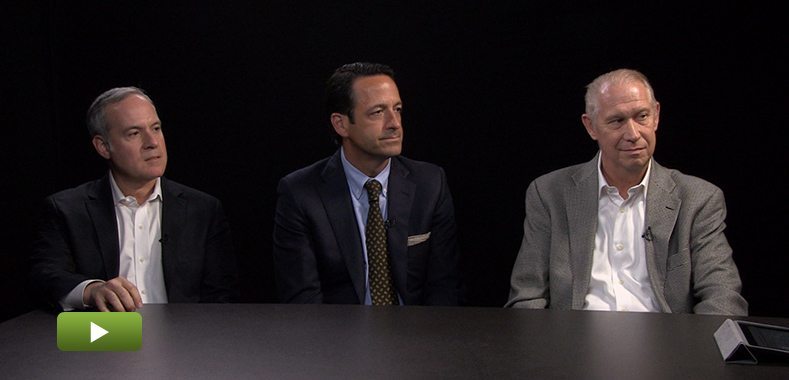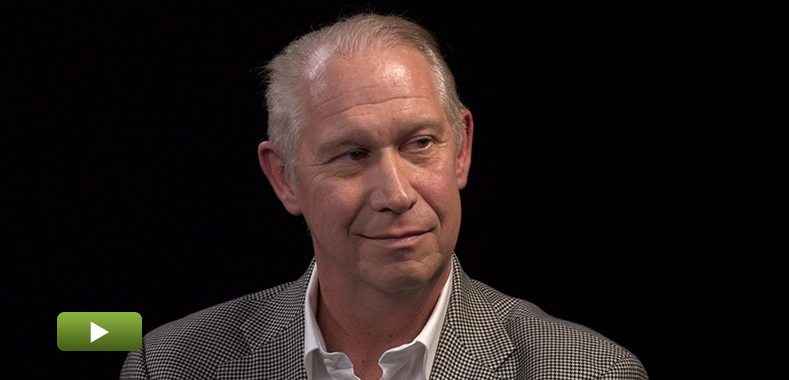The Black Box is No Longer Your Own
Experts from RSM, Alpha Parity and Sprott Asset Management discuss the opening of a hedge fund’s “black box,” and the rising power of allocators vs. star managers.
Transcript Download Transcript
The Black Box Is No Longer Your Own
The New Rules of Hedge Fund IR
David Snow, Privcap: Today, we’re joined by Jeff Silverman of AlphaParity, Ed Coyne of Sprott Asset Management and John Hague of RSM. Gentlemen, welcome to Privcap. Thanks for being here.
Unison: Thank you.
Snow: Talk about the potential conflict between demands for transparency—what’s going on in the portfolio and why—with the need for hedge funds to closely guard their proprietary secret sauce. How is that playing out?
Ed Coyne, Sprott Asset Management: Not great, frankly. The black box or even the star manager phenomena that we had 10 or 15 years ago has largely fallen by the wayside. Going back to the client demand and wanting to know the whys and how things work and having that access to this information is paramount. The idea of saying, “Invest with us, trust us, we know what we’re doing” has worked for 10 years. You can go back at multiple stages over the last decade—again, without naming names—and see where that has not worked out so well and that whole black-box syndrome has been put under attack.
Snow: Jeff, what have you seen among your peers?
Jeff Silverman, AlphaParity LLC: The black box and black-box mentality directly conflicts today’s need for transparency amongst the investor universe. Investors need to understand the process. They need to understand the risk-management process, the decision process and the sizing of positions. It is just not palatable to the investor to sit across the table from someone who might have some very splashy mid-term profile, but refuses to give the information or hides behind the black box.
John Hague, RSM US LLP: Yes. Past performance is not indicative of future results, right? So, they can’t roll eye on how the black box performed in the past. That’s exactly right. Investors are wanting to know things like leverage, liquidity, counterparty credit risk, etc., which are more questions than they’ve ever asked before, which get into the black box but not necessarily into the trading algorithms within there. I don’t think anybody will share those quite yet, but the questions are getting deeper.
Snow: Let’s talk more about how the fundraising game has changed for hedge funds over the past five to 10 years. One of you mentioned star investors. Is it no longer sufficient to show up in a pitch meeting with a star investor and say, “This guy is going to be in our team. How much would you like to invest?” Is that era not with us anymore?
Silverman: I’m going to take it because we talk about this all the time at our firm, with our clients and in prospective-client meetings. We feel that, pre-crisis, we lived in a world where it was about star managers. The allocator would pull together a collection of star managers in filling each bucket and he thought he had a diversified portfolio. What the crisis taught us was that the portfolio wasn’t diversified, that many of these star managers—there’s a great deal of overlap and that did not serve them well during the crisis.
Now, it is about the star allocator. The allocator has the new mandate from his investment committee to go build a truly diversified portfolio. They are the stars. The only problem is that they don’t have new tools. Many of the funds today and some of the largest institutional portfolios look the same, except [that] those managers are now five times the size.
Snow: What takes place in these meetings? What are investors looking for beyond whether there’s a star manager involved? What is the pedigree of the team, like the cub teams or, what are they called, the tiger cubs?
Silverman: They’re not looking for that. Something new.
Coyne: I would add to that: as far as the star manager or lack of star manager, the thing that’s nice is that we’ve actually gone back to fundamentals with regards to relationships with the clients themselves. Your ability to reach out to the client for good news or bad is very important. In really accepting the idea that they need that transparency and you having that direct connection with the client—the client-service role has become elevated substantially over and above just, “Hey, we can deliver the numbers. “
Silverman: I would echo that and say that technology is also playing a bigger role in staying connected to the client. The client wants to be treated like a consumer. You need to stay in touch, stay connected.
From the investor-relation side and the business-development side, you need to take your procedures into the technology world. For example, what we’ve started doing to go where we think it’s going is to put podcasts on our website where we will meet with an investor, but we recognize that—when they want to think about our risk management, our operations and our investment philosophy—some of the next generation allocators don’t necessarily want to always have another meeting or another phone call.
But, we can guide them to our website, where we’ve put the podcast on risk management or the podcast on several different topics, where they can go and drill down at their own leisure. In between Season 3 and Season 4 of The Americans or Breaking Bad, they can actually pull up the AlphaParity podcast and learn as much as they need to.





